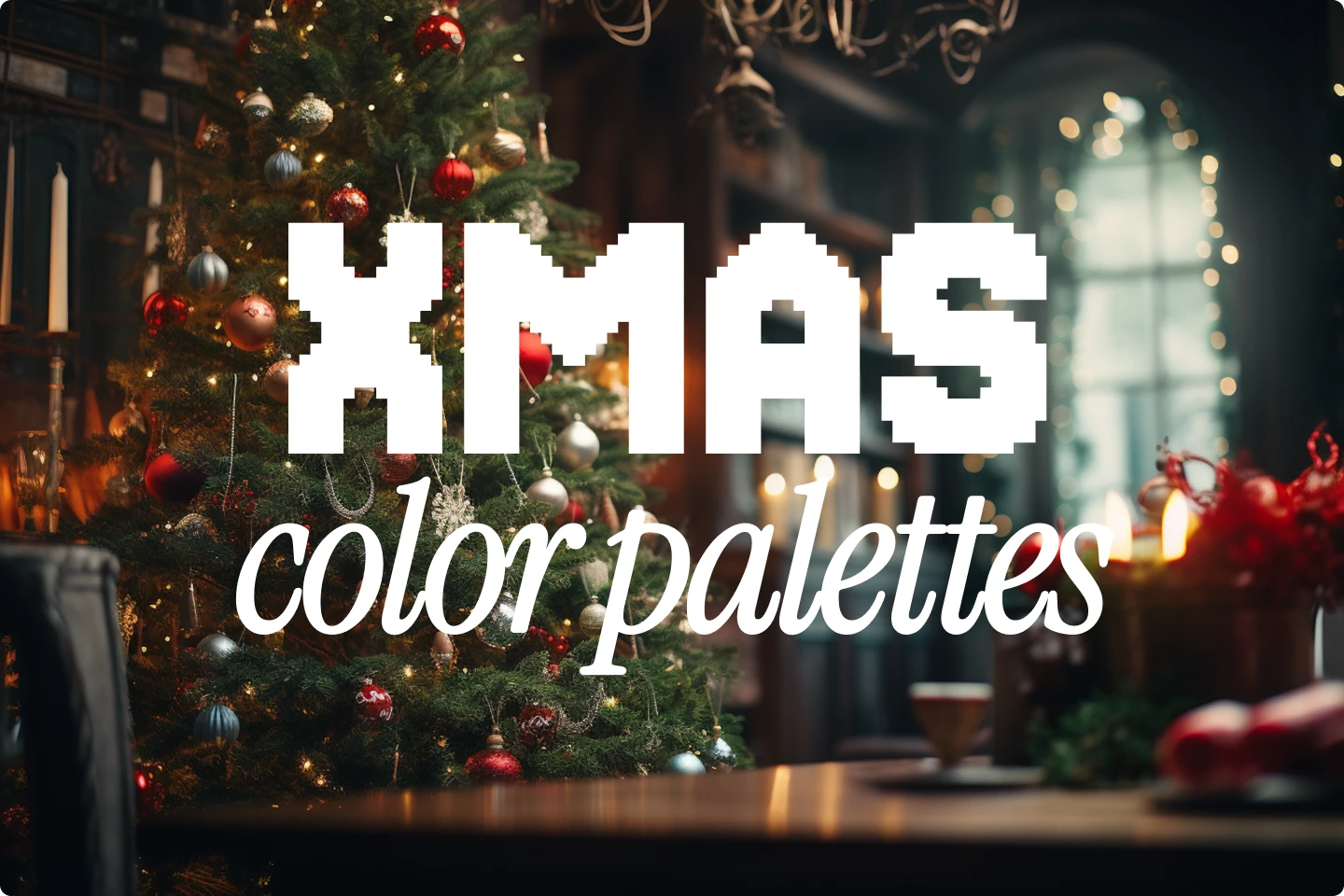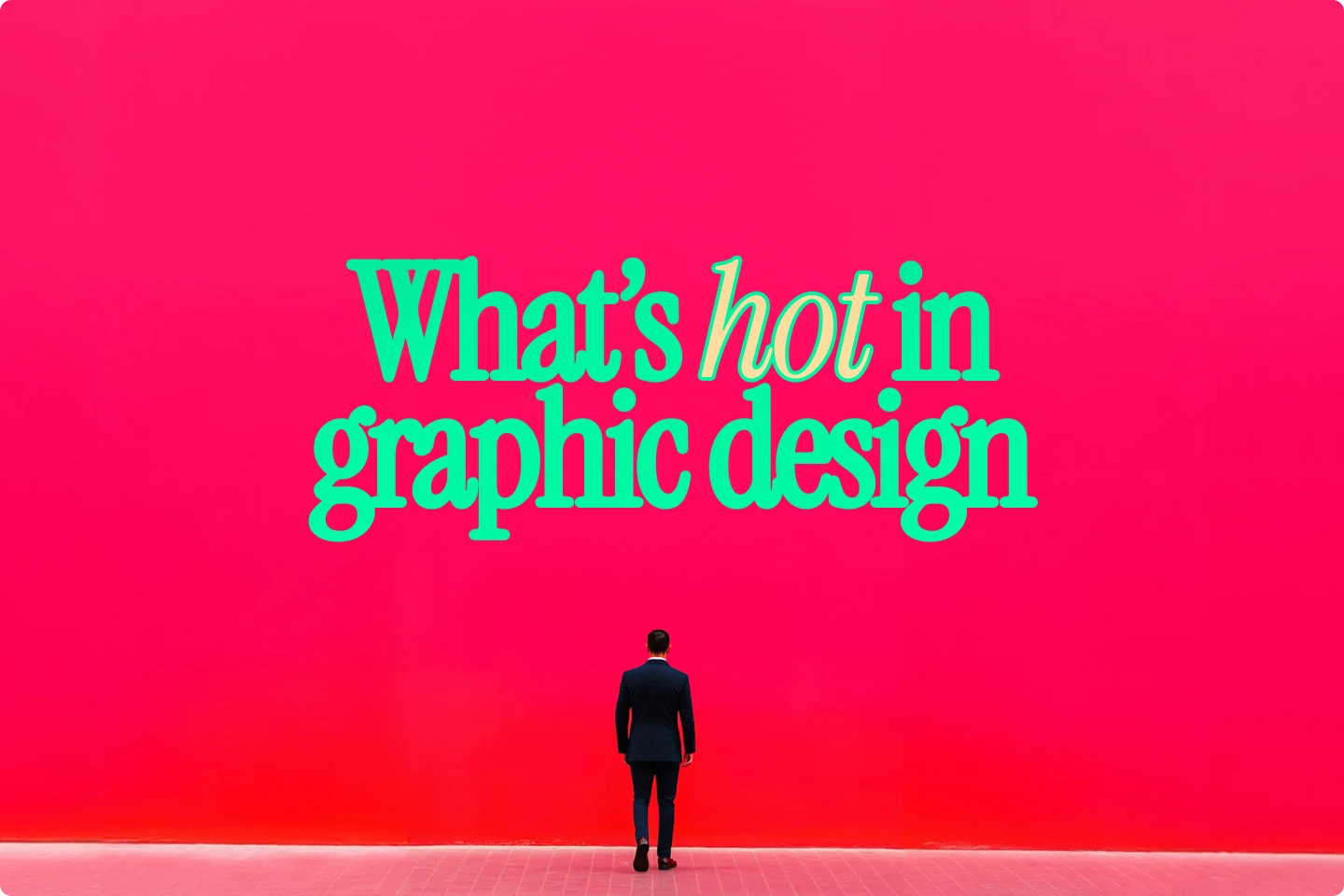Retro-futurism and why it's making a comeback in design


Retro-futurism is where nostalgia meets imagination—a style inspired by the way past generations pictured the distant future. This design aesthetic brings in vibrant science fiction, a hint of cyberpunk, and optimistic futuristic technology, creating a unique blend of old-school charm and future-forward visuals.
Imagine neon-lit robots, clunky gadgets, and sci-fi cityscapes that feel both familiar and fantastic. As digital spaces expand, retro-futurism taps into our need for something both comforting and bold.
Personally, I've long been inspired by retro aesthetics and the robotic technology of tomorrow, which is why I wanted to talk a little about the resurgence of retro-futurism in design, and how it's comeback is inspiring super cool projects and concepts.
What is retro-futurism?
Retro-futurism is the design world’s nod to a past vision of the world of tomorrow. Think of those 60s and 70s sci-fi movie posters predicting a world of flying cars, space colonies, and robots—all wrapped up in colorful, chunky visuals.
It's a mix of optimism and naïveté, born from a time when technology seemed limitless but still felt almost magical.
The aesthetic is inspired by the imagined future as it was conceived in decades past, with a style that embodies the sci-fi dreams of the 20th century.

Unlike modern sci-fi, which often depicts a dystopian future, retro-futurism is usually optimistic. It highlights a world full of possibilities, where humans explore space and live side by side with robots. It’s a future vision heavily influenced by art deco, mid-century modern, and pop culture from the 50s through the 80s. Today’s designs tap into this aesthetic to convey a sense of technological advances, nostalgia, and a playful disregard for current reality.
Retro-futurism emerged long before 2020, but its roots go deeper than just aesthetic preferences. It’s a commentary on society’s relationship with technology, reflecting both our excitement for progress and our skepticism.
As we look to bring a hint of the past into our digital future, retro-futurism allows us to merge familiarity with imagination in a way that feels fresh and innovative.
Why is retro-futuristic design so popular right now?
Several factors are fueling retro-futurism's resurgence and keeping it as one of the most popular graphic design trends in 2026. The pandemic years forced people online in unprecedented ways, making digital spaces more central to daily life than ever. As tech started to feel intrusive rather than liberating, many turned to aesthetics that offer a warmer, more tangible vibe. Retro-futuristic design brings a dose of color, nostalgia, and fun that’s increasingly appealing.
Nostalgia meets innovation
Nostalgia is powerful. Many users feel nostalgic about the analog technology they grew up with, like cassette tapes and early computers. By combining these elements with futuristic concepts, retro-futuristic design creates an experience that’s both familiar and surprising. It appeals to people’s emotions, drawing them in with recognizable details and then adding a new twist.

At the same time, this style feels innovative because it’s less common. Today’s digital interfaces tend toward minimalist and flat designs, with an emphasis on functionality.
Retro-futurism defies that. Instead of blending in, it stands out with its colorful, over-the-top elements that don’t try to look hyper-realistic.
The style taps into people’s curiosity and evokes the wonder of exploration—qualities that resonate with audiences looking for something different.
Cultural resurgence of 70s-80s sci-fi imagery
Retro-futurism before 2020 exploded with franchises like Star Wars, Blade Runner, and Back to the Future bringing this style to the forefront of pop culture. Visuals from this period are not only nostalgic but inherently futuristic, making them perfect sources of inspiration.

Modern artists and designers are revisiting and remixing these iconic visuals, paying homage while updating them for today’s audiences. As a result, retro-futurism appeals across generations. For older audiences, it’s a trip back in time; for younger audiences, it’s a fresh style that carries the cachet of cult classics.
Key characteristics of this style
Retro-futurism has a few distinct characteristics that set it apart from other design styles. Understanding these can help you recognize or incorporate it into your own work.
Vibrant colors
Retro-futuristic designs love bold, vibrant colors. We’re talking about electric blues, hot pinks, neon greens, and other shades that practically jump off the screen. These colors give designs a sense of energy and excitement, perfectly suited to the optimistic view of the future that retro-futurism embodies.

Using vibrant colors can be a challenge, especially in UI design where readability is key. But with careful application, these colors can provide the right pop and grab user attention. Try using vibrant colors as accents or highlights against more muted backgrounds for a balanced look.
Grainy and faded details
Retro-futuristic designs often include grainy or faded effects, evoking the analog media of past decades. This grain effect is reminiscent of old TV screens, film stock, or the pages of a vintage magazine. It gives the design a tactile, “lived-in” quality that helps connect audiences to the past.

In digital design, you can achieve this look with subtle textures or by using overlays that add a bit of noise. This kind of texture provides a sense of authenticity and can make designs feel grounded, even as they depict futuristic concepts.
Robots and clunky technology
Robots and machines in retro-futuristic design are often bulky, charmingly awkward, and distinctly non-threatening. These aren’t the sleek, intelligent humanoid AIs we imagine today but rather mechanical helpers who look like they stepped out of a 50s sci-fi movie.

Creating with these robots or mechanical elements can add a fun, playful aspect to a design. They embody the idea that technology is helpful and friendly, rather than cold and invasive. For example, a chatbot with a retro-futuristic design might be represented by a simple, smiley robot face that reminds users of a time when robots were less intimidating.
Sci-fi scenes and themes
Retro-futurism thrives on sci-fi elements like space travel, alien landscapes, and futuristic cities. These themes were big in mid-century sci-fi and are now iconic parts of the retro-futuristic style. Designing with these elements can instantly make a design feel adventurous and imaginative.

For brands that want to come across as forward-thinking or innovative, sci-fi visuals can provide a powerful way to communicate that message.
You might consider using sci-fi scenes as background images, icons, or part of an illustration set to convey a sense of exploration and discovery.
How and when to use retro-futuristic designs
Retro-futurism isn’t just about making things look cool—it’s about using the right visuals to support your message and engage users. Here are some tips on when and how to effectively use this style.
Enhancing storytelling and brand identity
If your brand is all about exploration, innovation, or pushing boundaries, retro-futurism can be a strong choice. The style is great for brands that want to communicate their vision of a bright, exciting future. It can also create a unique brand identity that makes a lasting impression.

When applied to storytelling, retro-futurism works well in digital products where narrative is key. For example, educational platforms, tech blogs, or products focused on space, science, or adventure can leverage this style to build an engaging user experience. Retro-futurism can add depth to a story, giving users a unique visual experience that reinforces the message.
Standing out with a unique visual style
In a sea of minimalist interfaces, a retro-futuristic design stands out. If you want users to notice and remember your brand, using a bold, nostalgic style can be a great strategy. However, it’s essential to balance the look with usability. For instance, keep key interactions simple and make sure that visuals don’t overwhelm important content or functionality.
If you’re building something with a fun or exploratory vibe, such as a gaming app or an online magazine, retro-futurism might be the right fit. The style’s vibrant colors, bold typography, and playful elements can give your product a memorable, distinctive identity.
Balancing nostalgia with modern usability
Retro-futurism has a lot of visual appeal, but it can also be challenging to incorporate into modern user interfaces, which demand high functionality and clarity. One way to balance the style with usability is by selectively applying retro-futuristic elements. Use vibrant colors as accents, keep text legible, and avoid cluttering the screen with too many visuals.
Consider pairing retro-futuristic elements with modern typography and layouts. This approach allows you to retain the unique look while meeting users’ expectations for clarity and ease of use.
Designing our retro future
Retro-futurism has a lot to offer modern design, which is why it is still one of the most popular grapohic design trends in 2026. By combining elements from past visions of the future, it creates a sense of wonder, optimism, and playful nostalgia. Whether it’s through vibrant colors, grainy textures, or clunky robots, this style speaks to our need for connection—to the past, to creativity, and to our shared dreams for the future.
When used thoughtfully, retro-futurism can set a brand apart, enhance storytelling, and add a bit of color to the digital landscape. As designers, we have the opportunity to take inspiration from this style and adapt it for our times, blending nostalgic imagery with modern usability to create experiences that are both unique and user-friendly.
Font trends for 2025 that creatives should keep in mind


.webp)



